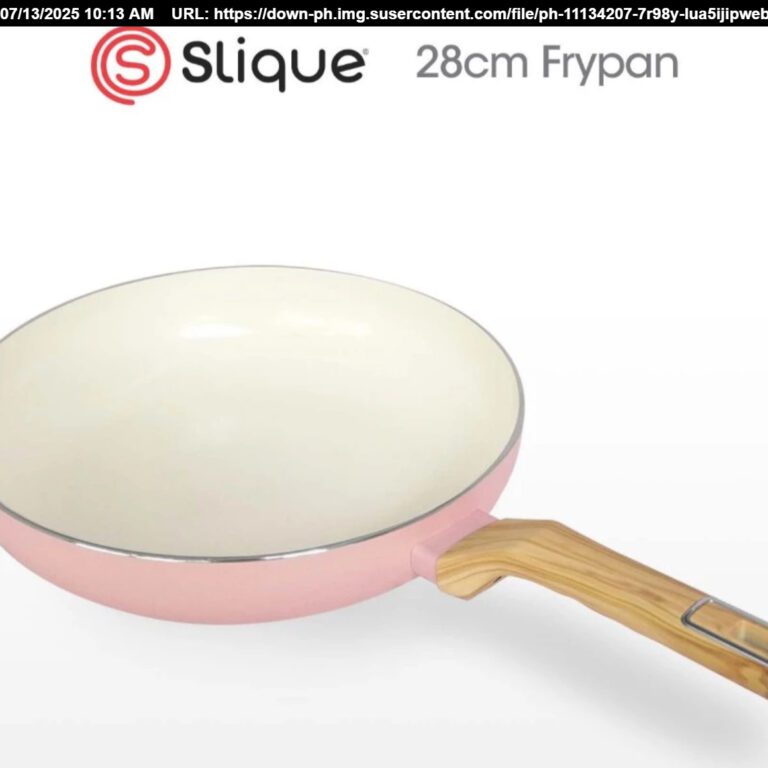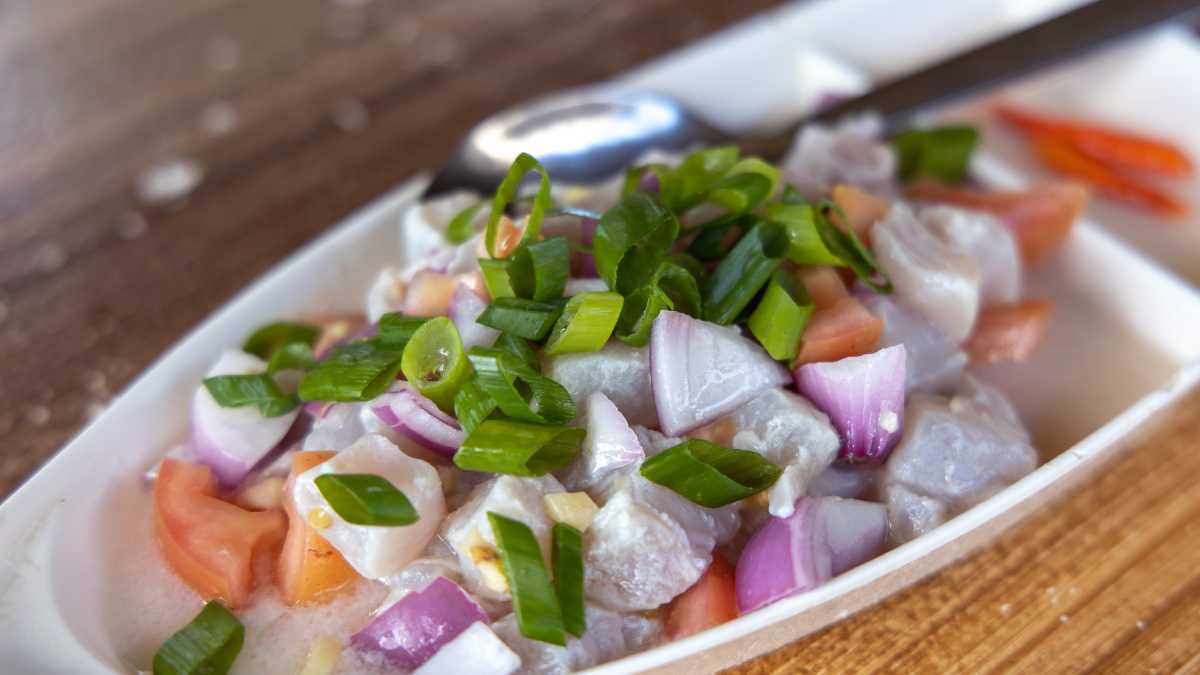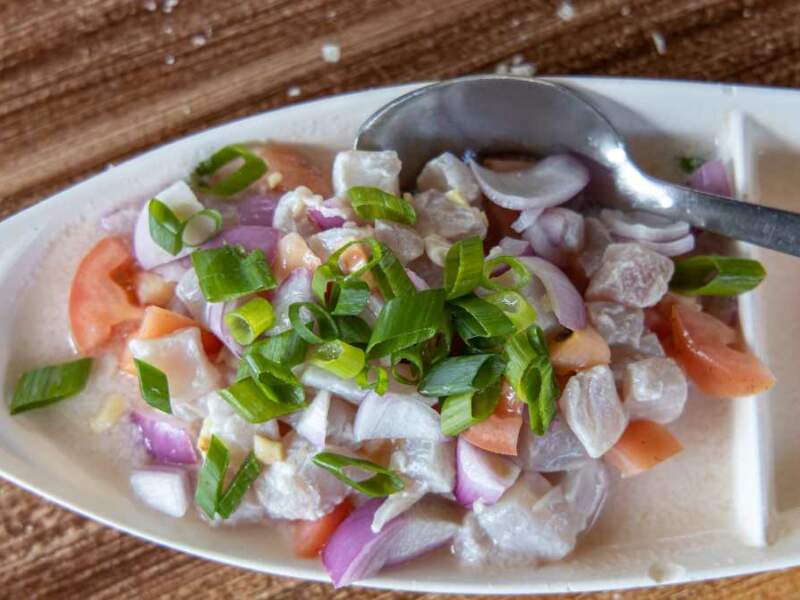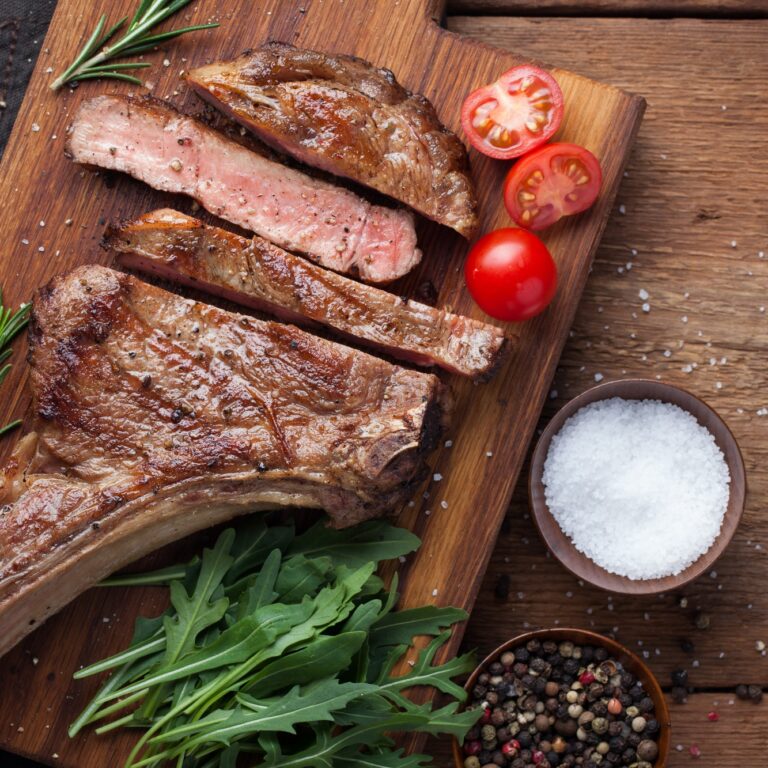
Kinilaw IS NOT Ceviche -Seafood / Fish Kinilaw Recipe

Hi there, food lovers! It’s your favorite blogger, the April of Relax Lang Mom, back with another mouth-watering adventure. Today, we’re diving into the vibrant and tantalizing world of Filipino kinilaw – the delightful cousin of ceviche that’s sure to make your taste buds do a happy dance!
Here in the Philippines, we have very distinct kinilaw traditions -similar to ceviche but different. It’d be totally wrong to say that Kinilaw id the Filipino ceviche. Kinilaw specifically refers to raw seafood “cured” in a acidic vinegar -lime juice marinade. With the summer heat already starting to set in, light and refreshing kinilaw is truly the way to go. The lime juice “cooks” the fish but still keeps it deliciously tender and moist. And tangy kinilaw pairs so well with the bounty of local coconut wine or buko juice.
Kinilaw vs Ceviche
A quick Google tour will show you that a lot of people call Kinilaw as the Philippine Ceviche. Kinilaw and Ceviche are both raw seafood dishes that rely on acid to effectively “cook” the fish or other proteins. However, there are some distinct differences between the two:
Curing Agent:
- Ceviche primarily uses fresh citrus juices, especially lime or lemon juice, to cure the seafood.
- Kinilaw, on the other hand, traditionally uses vinegar (coconut, cane, or palm vinegar) as the main curing agent.
Proteins:
- Ceviche commonly uses fresh, firm-fleshed seafood like sea bass, halibut, shrimp, or tuna.
- Kinilaw can incorporate a wider variety of proteins, including fish, shrimp, squid, sea cucumber, lato (seaweed), etc
Additional Ingredients:
- Ceviche often includes chopped onions, chili peppers, cilantro, and sometimes tomatoes, avocado, or corn.
- Kinilaw typically has fewer additional ingredients, usually just ginger, onions, chili peppers, and sometimes coconut milk.
Preparation:
- For Ceviche, the seafood is marinated in the citrus juice, which denatures the proteins, effectively “cooking” the fish.
- For Kinilaw, the seafood is usually briefly soaked or dipped in the vinegar solution right before serving, rather than marinated for an extended period.
Origins:
- Ceviche is believed to have originated in Peru, with influences from Spanish, African, and pre-Colombian cultures.
- Kinilaw is a traditional dish from the Philippines, with possible influences from the Austronesian cultures of the region.
Difference of Kinilaw and Kilawin
Kilawin is cooked over fire (usualy meat), while kinilaw is cooked on the lime juice marinade (usually seafood). Kilawin means to grill meat before adding an acidic sauce, This gives the dish a smoky flavor. Since today, we’re making Kinilaw, were preparing it like our ancestors did it.
For this version, I like using tuna fish which are always so fresh from the sea near Marinduque. I fillet the fish and slice it into bite-sized pieces. The fish is left on a salted water to let it firm a bit for about 10 minutes. Then in a glass bowl, I gently toss it with lime juice, thinly sliced green chili, minced ginger, onions, and tomatoes.
A quick 30 minute “cure” time in the fridge is all it needs to lightly cook the fish from the acid while keeping its texture. The vegetables blend their flavors throughout too. While that is hapenning, I prepare a simple kinilaw sauce of tuba vinegar, a bit of salt, and sugar to minimize the acidity. Before serving, lightly drizzle the kinilaw with the kinilaw sauce. Served ice cold, this kinilaw is the perfect no-cook party dish or light meal.
Now, let’s get one thing straight: kinilaw is not for the faint of heart (or stomach!). This dish is all about embracing the raw, unadulterated flavors of the sea. We’re talking fresh-as-can-be seafood, cured in a tangy vinegar bath that’ll make your senses sing. It’s like a culinary skinny dip in the crystal-clear waters of the Philippine archipelago – refreshing, bold, and oh-so-invigorating!
But don’t let the simplicity fool you, my friends. Crafting the perfect kinilaw is an art form, a delicate dance between the sourness of vinegar, the zesty kick of calamansi, and the harmonious blend of spices and aromatics. It’s like a flavor symphony, and you, my dear reader, are the conductor!
How to Prepare Philippine Kinilaw
So, let’s dive into the nitty-gritty, shall we? First up, you’ll need to gather your ingredients – the fresher the seafood, the better. We’re talking tuna, mackerel, shrimp, or whatever catches your fancy (pun intended!). Calamansi (Philippine lime) is needed to get an authentic taste. I think this ingredient is resposible for removing the fishy smell of the -ehem, fish. It’s also acidic but is a bit sweet. Next, you’ll want to get your vinegar game strong. Cane or coconut “tuba: vinegar are the MVPs here, lending a subtle tang without overpowering the delicate flavors.
Now, it’s time to get your chop on! Slice up that succulent seafood into bite-sized morsels and let it take a nice, refreshing salt bath for 10 minutes. Drain then drizzle with calamansi juice. As the acidity works its magic, you can start prepping your aromatic sidekicks – ginger for a spicy kick, onion for a crunchy sweetness, tomatoes for the sweet and tangy juiciness, and chili peppers for that fiery flair.
Once your seafood has had its spa day, it’s time to bring all the flavors together in a harmonious medley. Toss in your mince ginger, tomatoes, onion, and chili, and give it a good mix. But wait, there’s more! Just before serving, add a splash of that tangy kinilaw sauce for a burst of citrusy zing that’ll make your taste buds do cartwheels.
And voilà, my friends! You’ve just crafted a culinary masterpiece that’s not only a feast for the senses but also a love letter to the rich traditions of Filipino cuisine. Serve it up with some steaming hot rice or a crisp, cold beer, and get ready to embark on a flavor journey like no other.
But let’s not forget the true beauty of kinilaw is a celebration of the bounty of the sea and the vibrant culture that surrounds it. With every bite, you’re a tradition that tell the story of a nation’s love affair with the ocean and its gifts.
So, what are you waiting for, my fellow food adventurers? Gather your ingredients, roll up your sleeves, and let’s create some culinary magic together! Trust me, your taste buds (and your friends) will thank you for this deliciously tantalizing journey into the heart of Filipino cuisine.
Until next time, keep those spatulas sassy and those taste buds dancing!
XOXO,
April, Relaxlangmom

Ingredients
Shopping List:
- 1 kilo Tanigue or yellow fin tuna, filleted and cut into 1-inch cubes (or any seafood of your choice such as shrimps, octopus, or squid)
- 1/2 cup calamansi juice
- 1 medium red onion
- 8 Siling Labuyo, chopped (other chilies are fine to use if Filipino chilis are not available
- Ginger
- 1/4 cup coconut cream (kakang gata)
Pantry Items:
- Salt
- Sugar
- Ground black pepper
Tools:
- Knives
- Chopping board
- Blender or mortar and pestle (for ginger)
- Measuring spoons
- Large mixing bowl
- Saucepan (for simmering)
- Canister or jar (for storing)
Instructions
- Clean and cube fish then place in a bowl of water with 1 tbsp of salt. (this is to help the fish maintain firmness)
- Mince the ginger and set aside. Chop the onions and tomatoes. Squeeze juice from calamansi..
- Put together fish, tomatoes, chilies, and onions in a bowl. Add the calamansi juice and coconut cream then gently toss to coat. Set aside in the refrigerator for at least 10 minutes (up to 3 hours but no longer) to "cook" the fish.
- Meanwhile, prepare a simple kinilaw sauce of tuba vinegar, 1⁄2 tsp of salt, black pepper and sugar to minimize the acidity. Mix until sugar dissolves.
- Only add Kinilaw sauce when ready to serve so fish remains firm.
- Serve chilled or at room temperature garnished with extra chili and calamansi wedges.
Notes
Tips: For extra heat, leave chili seeds in. For a lighter flavor, decrease chili amount. The longer it marinates, the brighter the flavors will be.





